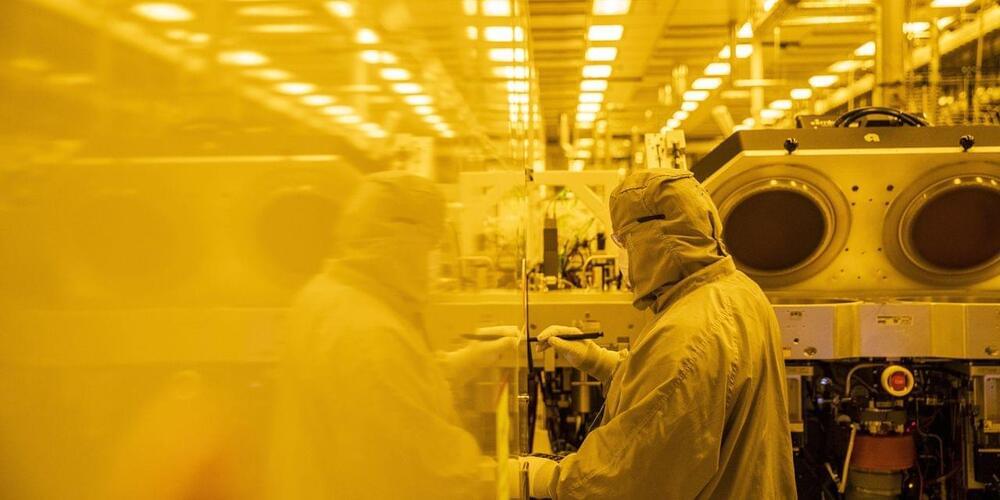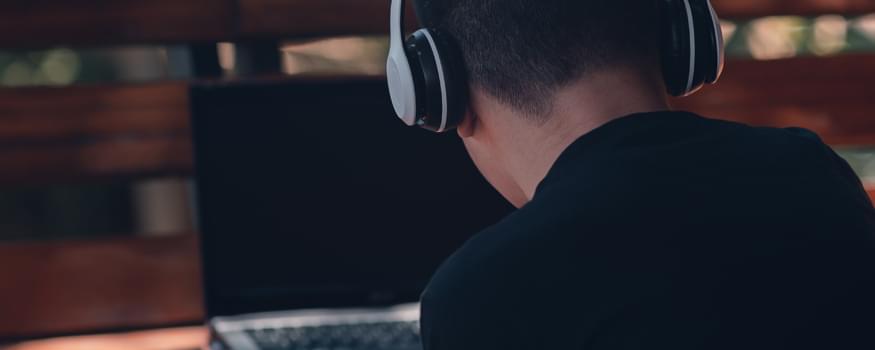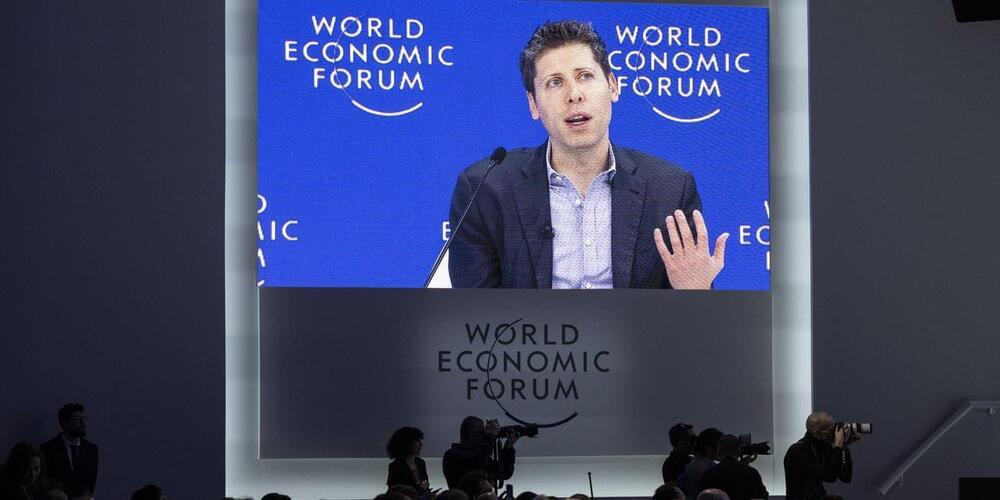India will invite private firms to invest about $26 billion in its nuclear energy sector to increase the amount of electricity from sources that don’t produce carbon dioxide emissions, two government sources told Reuters.



The U.S. government is giving chip maker GlobalFoundries $1.5 billion in grants to build and expand facilities in New York and Vermont, the first major award in a program that aims to reinvigorate domestic chip production.
The award from the Commerce Department kicks off what is expected to be a series of cash injections into semiconductor manufacturing projects in Arizona, Texas, New York and Ohio in the coming weeks. Chip makers Intel, Taiwan Semiconductor Manufacturing, Samsung Electronics and Micron Technology have all submitted applications for the government to cover a portion of the billions of dollars it costs to build cutting-edge factories.



The picture was the result of the first six months of operation of eROSITA (Extended Roentgen Survey with an Imaging Telescope Array), one of two X-ray telescopes that were launched into space in July 2019 aboard the Russian spacecraft SRG (Spectrum-Roentgen-Gamma). eROSITA scans the sky as the spacecraft spins, and collects data over wider angles than are possible for most other X-ray observatories. This enables it to slowly sweep the entire sky every six months.
By an unusual arrangement, the eROSITA team is split into two — with a group based in Germany and one based in Russia — and each has exclusive access to eROSITA data from only half of the sky. The mission was originally intended to cover the sky eight times. But Russia’s full-scale invasion of Ukraine in 2022 led the German government to freeze its collaborations, and eROSITA was put on stand-by. By then, it had completed four full sky scans.
The data that Bulbul and her collaborators have used so far were from their half of the sky, collected during the first scan. Even so, the results are already among the most precise cosmological measurements ever made. It is unclear when the Russia-based group will publish its data and analysis.

Earlier this week I went to a roundtable in London hosted by the UK government’s Office for Quantum to gather views from industry and academia about adapting the UK workforce to quantum technologies. The Quantum Skills Taskforce Workshop was co-hosted with techUK, a UK-based trade organization for the technology sector. Featuring 60 participants from academia and industry, the day featured lively discussion and debate about what the next decade has in store for the UK quantum sector.
All major economies around the world now seem to have their own quantum plan and the UK is no exception. In fact, the UK is onto its second National Quantum Strategy, which was launched in March 2023 by the Department for Science, Innovation and Technology (DSIT). Setting goals for the UK to become a “quantum-enabled economy” by 2033, it also established an Office for Quantum within the DSIT.

He added, however, that “the technology is moving fast as well”. He said the institute should put in place standards that other governments and companies can follow, such as “red teaming”, where specialists simulate misuse of an AI model, rather than take on all the work itself.
Warner said the government could find itself in a situation where it was “red teaming everything” and that a backlog could build up “where they don’t have the bandwidth to get to all the models fast enough”
Referring to the institute’s potential as an international standard setter, he said: “They can set really brilliant standards such that other governments, other companies … can red team to those standards. So it’s a much more scalable, long-term vision for how to keep these things safe.”

Altman estimates that he would need between $5 trillion and $7 trillion to overhaul the semiconductor industry, which is currently dominated by Nvidia, the leading provider of graphics processing units (GPUs) for AI applications. Nvidia’s market cap has soared to $1.72 trillion in 2023, surpassing many tech giants such as Amazon and Alphabet. Altman wants to challenge Nvidia’s monopoly and create more competition and innovation in the AI chip market.
White House’s $11 billion bet on US semiconductor
Meanwhile, The White House announced the US government’s plan to spend $11 billion on semiconductor-related research and development on Friday. This move comes in the wake of Congress approving the Chips and Science Act in August 2022, which provides $52.7 billion for semiconductor production and R&D. Of this, $39 billion is allocated for subsidies and $11 billion for R&D.

Sam Altman was already trying to lead the development of human-level artificial intelligence. Now he has another great ambition: raising trillions of dollars to reshape the global semiconductor industry.
The OpenAI chief executive officer is in talks with investors including the United Arab Emirates government to raise funds for a wildly ambitious tech initiative that would boost the world’s chip-building capacity, expand its ability to power AI, among other things, and cost several trillion dollars, according to people familiar with the matter. The project could require raising as much as $5 trillion to $7 trillion, one of the people said.
The fundraising plans, which face significant obstacles, are aimed at solving constraints to OpenAI’s growth, including the scarcity of the pricey AI chips required to train large language models behind AI systems such as ChatGPT. Altman has often complained that there aren’t enough of these kinds of chips—known as graphics processing units, or GPUs—to power OpenAI’s quest for artificial general intelligence, which it defines as systems that are broadly smarter than humans.
